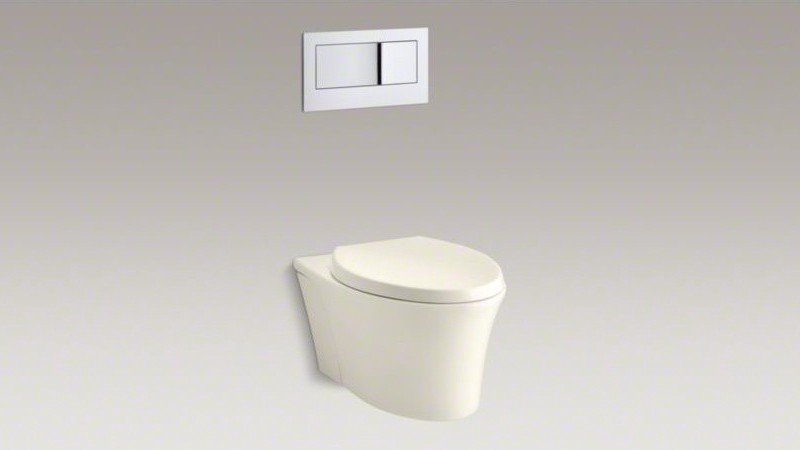Note: This was first published on Medium in May 2014.
The financial services industry is a cornerstone of our modern economy. Yet throughout my tech-infused life, I find surprisingly dated practices still abound — why is my penned signature considered a security measure? Why does rolling over my 401k require snail-mailing a check? How could a $1.2 trillion industry still depend on the nearly-bankrupt U.S. Postal Service?
As someone considering where to work next, I find technology companies targeting these inefficiencies particularly appealing. As part of doing my due diligence, I’ve organized a portion of the better-known consumer/merchant-facing companies into some general buckets. Here’s how I see it:
- Credit card payments: Square, Stripe, Coin
- Retirement/investments: Betterment, Wealthfront
- Lending/mortgage: LendingClub, Prosper, LendingHome
- Consumer banking: Simple, TrustEgg
- Money management: Mint, HelloWallet
- Moving money: Venmo, Currency Cloud, Paypal
Compiling this list, I noticed many of these products share certain traits. Notably:
- Their interaction design is top-notch. They’ve honed in on their respective businesses, creating wonderfully simple account creation, onboarding, and conversion processes. Talk about focus.
- Each employs a visual/motion design language that is simple, consistent, and tasteful. Such an attention to detail exudes professionalism and helps garner user trust. Building a digital experience that feels “safe” is no small task.
- Compared to the existing major players in their respective markets, each has a brand and pitch that feels fresh — geared more towards younger, more tech-inclined consumers. This is no more evident than in their very names: the grandiose, old-timey, family names (“Wells Fargo”, “Goldman Sachs”, “Morgan Stanley”, etc) are long gone.
Perhaps most important, though, was the realization that these offerings are all incremental improvements on well-established product categories. I don’t use “incremental” with any negative connotations here — I just mean to reinforce that the core businesses weren’t born in the digital era: banking, mortgages, credit cards, etc all existed long before the modern consumer-friendly web.
What financial products/companies are internet-natives, then? It’s hard to say, but I think those in the “crowdfunding” space (e.g. Kickstarter, FundersClub, Gofundme) are compelling examples — they lack any real brick-and-mortar equivalent and have produced projects/products that wouldn’t have otherwise existed. Another segment might be the “data providers” (Yodlee, Plaid, Standard Treasury), though I’d say their potential hasn’t been widely realized. Last, one could argue for cryptocurrencies (e.g. Bitcoin, Ripple), but I think of them more as digital-evolutions, even though they’re creating quite a stir.
Categorizations aside, I think this exercise highlights the enormous potential for startups in financial services. I can’t help but feel that we’re due for some generation-defining innovation.
